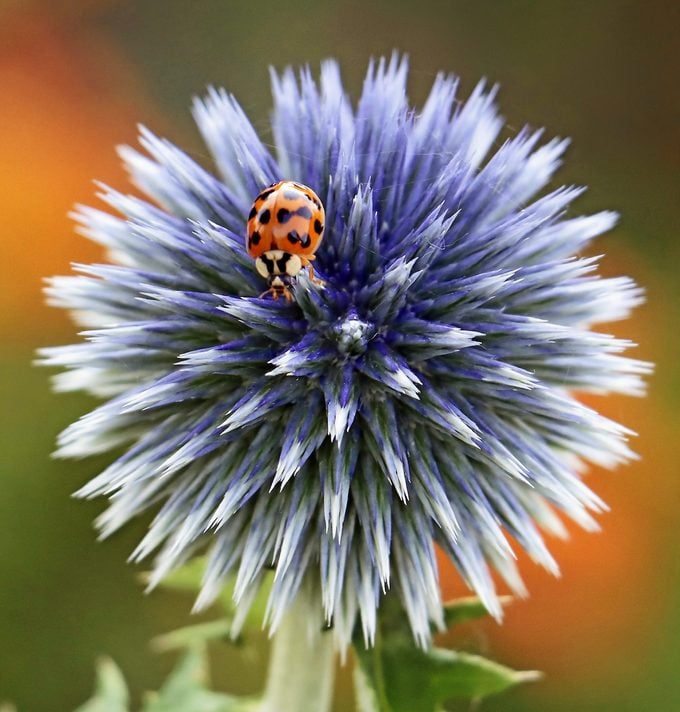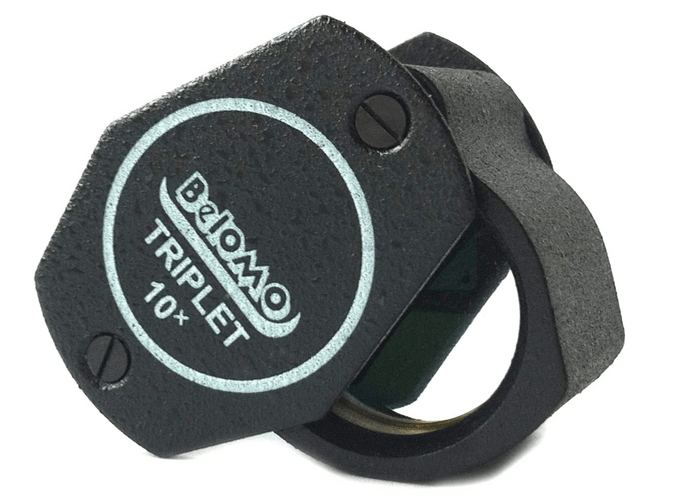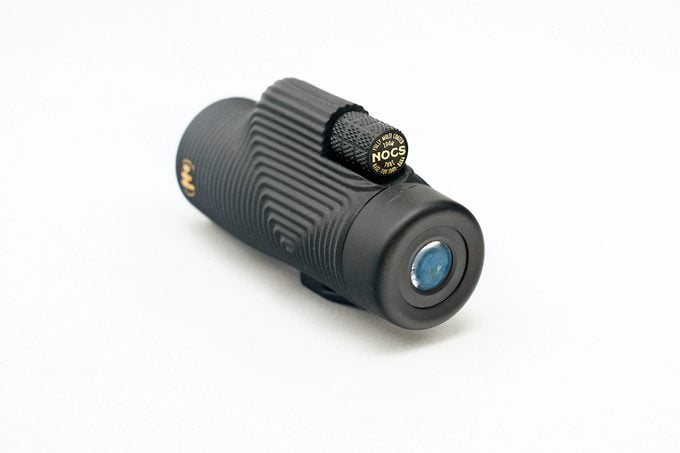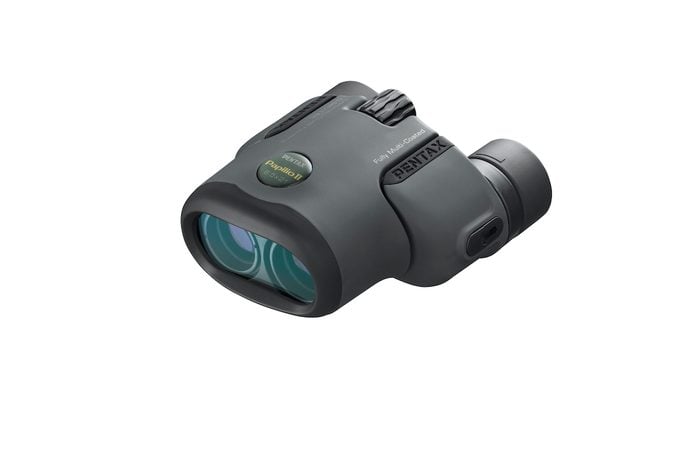Close-Focus Optics and Monoculars for Nature Lovers
Updated: Nov. 02, 2023
From the monocular to the loupe, discover exciting ways to peek at the tiny, flourishing world of bugs and pollinators in your backyard.
Our editors and experts handpick every product we feature. We may earn a commission from your purchases.
Use Close-Focus Optics in the Backyard

If you find yourself looking for the butterflies, bees and dragonflies visiting your flowers, you’re not alone. “You can see interest in pollinators growing exponentially,” says Jaret Daniels, a professor specializing in Lepidoptera research and insect conservation at the University of Florida, Gainesville. “Once people start looking a little closer, a whole new world opens up.” To bring that world into sharper focus, consider a monocular, a loupe, or other close-focus optics.
Check out the birdwatching gear and supplies you never knew you needed.
Use a Loupe for Small Details

Used by entomologists, horticulturalists and backyard naturalists alike, a hand lens, or loupe, is a smaller, more powerful version of a magnifying glass. “We have community science projects where people use them to collect data,” Jaret says.
Best employed in bright daylight, this lens is held close to the eye. Then, the subject is brought toward the eye until it comes into focus. A loupe captures the colors and textures of nonmoving objects such as a found butterfly wing, mushroom gills or a flower petal.
Look for a glass loupe that folds into a closed position to protect the lens and that comes with a lanyard to wear around the neck. Though available in magnifications of 10x to 60x, a 10x lens is typically more than adequate.
Pros: inexpensive, easy to use, small, lightweight
Cons: easy to lose, requires a good light source
Magnify Nature With a Mighty Monocular

With just one viewing tube, a monocular is lightweight and small enough to store in a side pocket while gardening. “It can be used for watching birds at the feeder or in your yard, and for insects that aren’t moving around too much,” Jaret says.
A 6×18 monocular (i.e., with 6x magnification and an 18 mm lens diameter) can focus on objects just a foot away, such as a spider on a leaf. An all-around 8×32 monocular allows you to spot a bird in a distant tree as well as a hummingbird less than 10 feet away. Some 8x magnification monoculars have screw-on close-up lenses that turn them into magnifiers.
Pros: small, compact, cost effective, lightweight
Cons: extended use causes eye fatigue
Capture better images with our ultimate guide to bird photography.
Zero in With Close-Focus Binoculars

Close-focus binoculars generally have lower magnification and a smaller aperture for examining objects as close as 18 inches away. Observe a small moth inside a flower, or see a butterfly using its proboscis.
“You can zoom in pretty close on anything on a plant or just the plant itself,” Jaret says. “It’s ideal for watching dragonflies, damselflies, butterflies and all sorts of pollinating insects.”
Pros: compact, less expensive than birding binoculars
Cons: pricier than a monocular
Next, discover how digiscoping can help you take better nature photos.




















